You may have heard the buzzword “clean beauty” tossed around in the last few years — perhaps it was highlighted in marketing campaigns, or used by your favorite blogger *ahem.*
While it may be a hot topic right now, it’s actually a great thing that it’s coming to light as it’s such a critical topic in skincare, beauty, and wellness! In case you’re scratching your head and thinking to yourself, “Okay, but why?”
Here’s the lowdown: What really is clean beauty and why is it important?
Clean beauty refers to skincare and cosmetics that are made with ingredients that are not harmful to the consumer. Clean beauty products contain ingredients that are nourishing and made from natural or safe synthetic ingredients. This is crucial as there are many products out there that can disrupt the endocrine system (your hormone factory!), and aren’t good to be ingesting… especially in products that we often use daily.
The key to living a cleaner, low-tox lifestyle is understanding that education and avoidance are always the first steps and that avoiding some harmful chemicals is always better than avoiding none. Do what you can!
And it’s important to note that there are a lot of personal care products beyond beauty or skincare products that deserve a closer look, and that can have high levels of harmful toxins—like period products, candles, aerosol sprays, sunscreens, protein/fitness-related powders, and more.
While the FDA regulates some things, many ingredients that could be harmful go unchecked; thus the need for a focus on “clean products” and checking out ingredients yourself.
Here’s my ultimate guide to clean beauty with a few of my favorite clean beauty products!
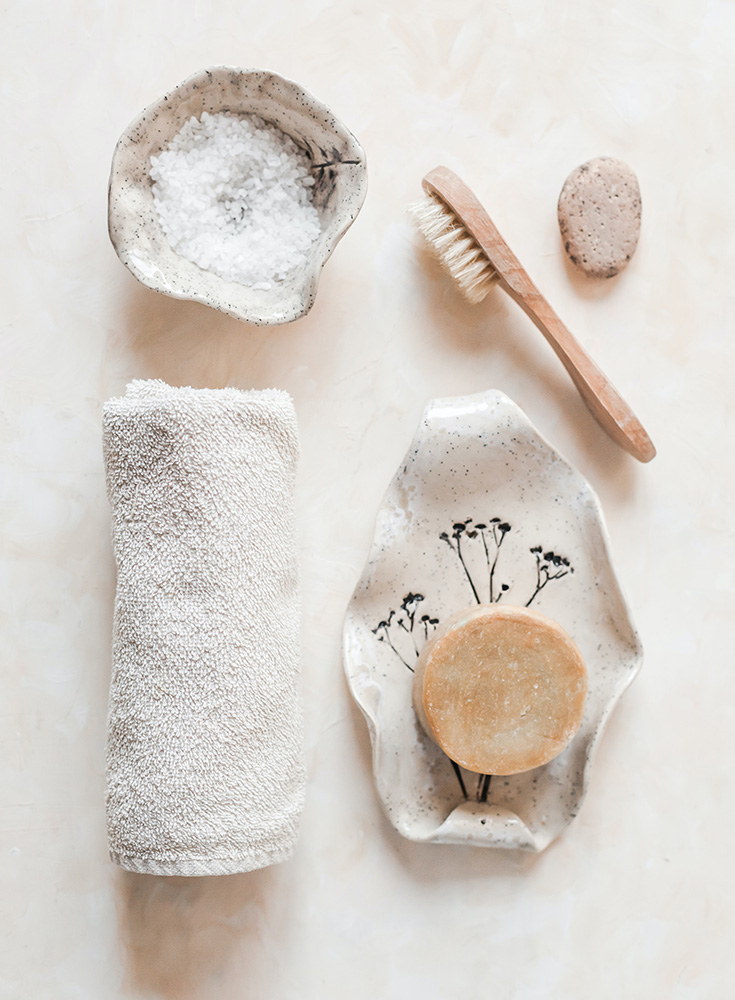
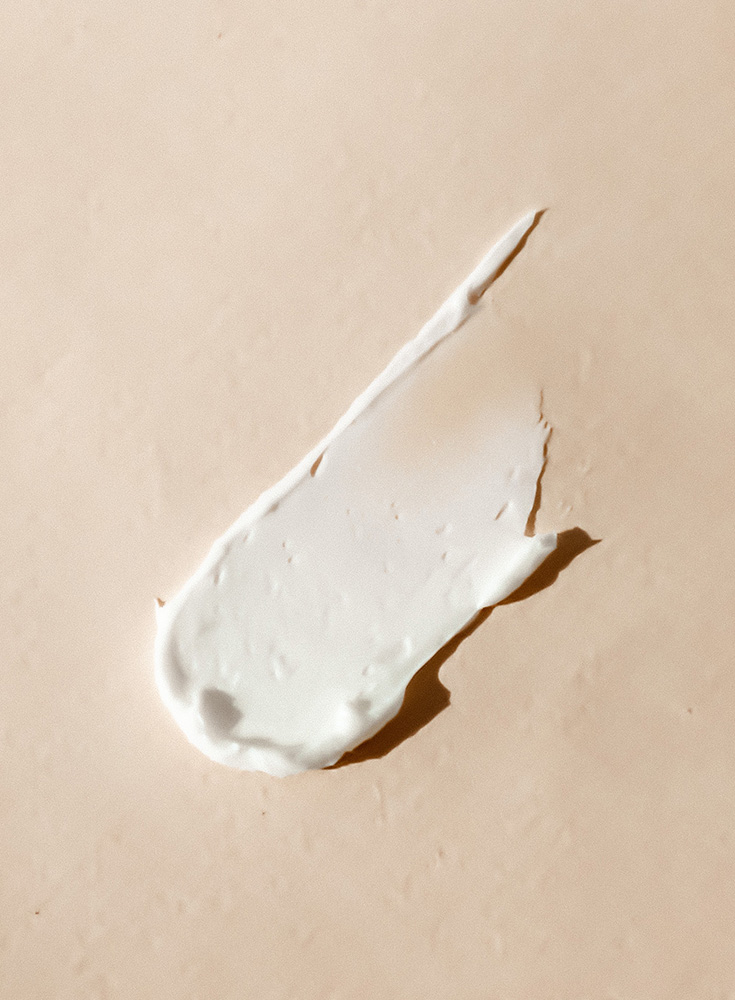
Why is Clean Beauty Important?
The cosmetic and beauty world, especially in the United States, is not as regulated as other industries. This means that companies can use ingredients that are not actually safe for the skin or body, or use higher concentrations of ingredients without much data on the long-term effects.
And before you think “well, everything is a chemical, what’s the point in trying to avoid them?” or “anything is ok in moderation”, the truth is that with most of these newly-developed chemicals, toxins, and contaminants, we just don’t know what “moderation” actually is, or how all of these chemicals REACT with each other when you’re exposed to so many in your normal, daily routine, and for long periods of time.
Cosmetics and beauty supplies that millions of women and men use each day can cause cancer, infertility, endocrine disrupters, and so much more. Some products that people use every day, like deodorants which include aluminum zirconium, have been linked to increased risks of breast cancer.
Carcinogens are cancer-causing chemicals and are found in many makeups and beauty care products. Many of these ingredients are banned in Japan and Europe, but not in the United States. To give you an idea of how few regulations the U.S. has on cosmetics, there are just a little over ten substances that are banned in the U.S. which is just a fraction compared to the 1,300 that are banned in Europe.
This post isn’t meant to scare you, I just wanted to highlight some things that I learned and bring to your attention.
You don’t have to throw away everything you use, if you’re able to gradually shift to cleaner products — I’d recommend it!
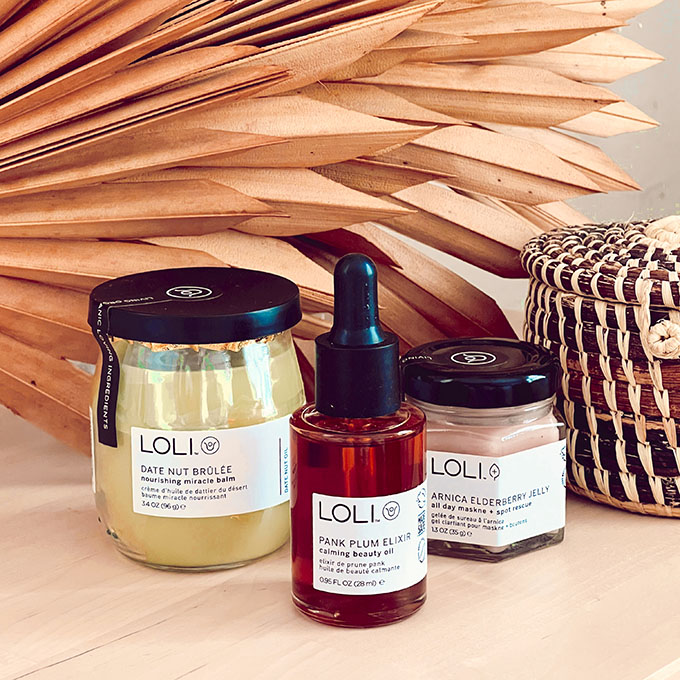
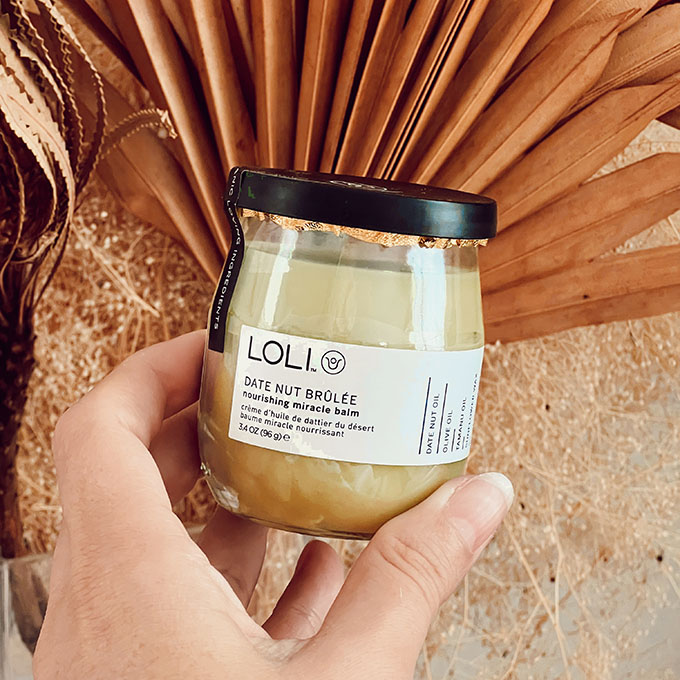
Sample Clean Beauty Product
LOLI is a great example of a clean beauty brand. LOLI stands for Living Organic Loving Ingredients and is the world’s first zero waste, organic, and MADE SAFE® certified skincare brand.
LOLI Beauty’s multitasking products are upcycled from organic food supply, waterless, vegan, non-GMO, and cruelty-free. Going a step further, LOLI mindfully packages using recycled, recyclable, reusable, and garden compostable packaging. I love that most of the products are in glass containers—better for me, and for the environment.
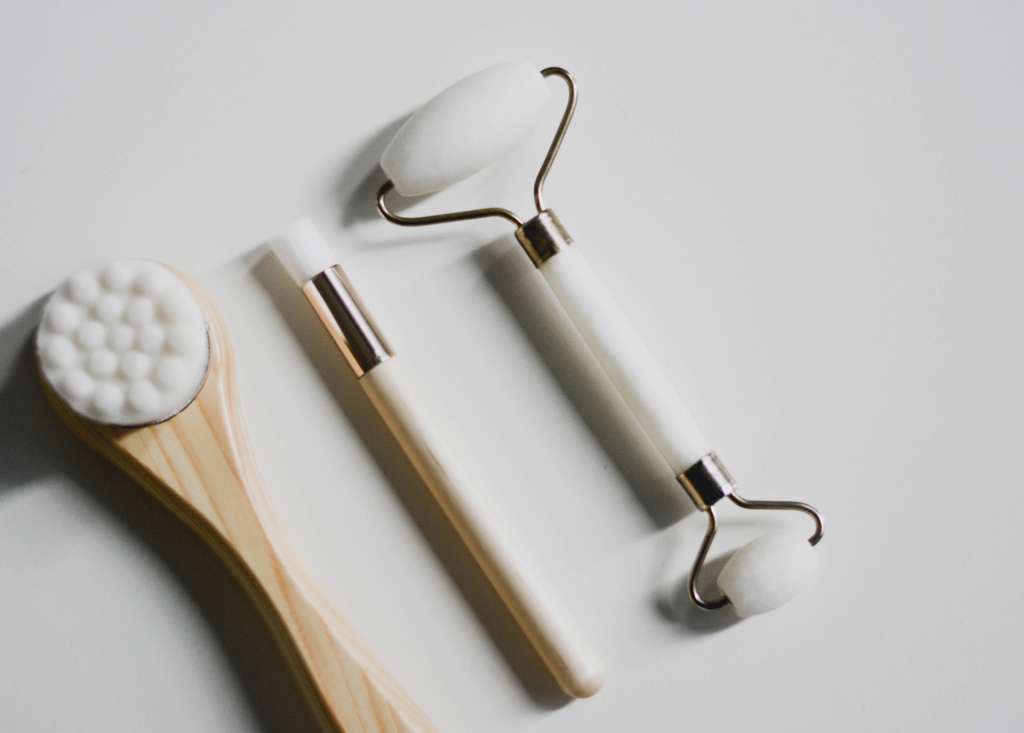
What to Look For and Avoid
When Shopping for Clean Beauty Products
There are a few red flag ingredients to keep an eye out for.
Phthalates
Fragrances can be made with many different substances that do not have to be listed since it is considered secret ingredient and phthalates are chemicals added to make fragrances last longer. These are commonly found in shampoos, perfumes, candles, air freshers, cleaning products, and scented personal care products. Phthalates can cause reproductive issues in both men and women, cancer, neurological issues, asthma, and diabetes.
Parabens
Parabens act as preservatives in many makeup and beauty products but have been shown to cause obesity, early-onset puberty, and harm to reproductive organs.
Phenacetin
Phenacetin can be found in hair products. This chemical was banned by the FDA to be used in drugs but is not banned in other products. Phenacetin can be linked to renal damage, anemia, and mammary tumors.
Ethoxylated Agents
Ethoxylated agents, which can be labeled as ceteareths, sulfates, or oleths, are often found in hair products to make them lather but can be harsh on the hair by stripping it.
Formaldehyde
Formaldehyde is found in keratin hair straighteners, nail polish, and makeup. Japan bans formaldehyde altogether while Europe states there should be no more than 5% in products. The United States, however, does not regulate the amount of formaldehyde found in products. Formaldehyde can cause cancer in humans.
Mineral Oil
Mineral oils like petrolatum and paraffin are found in lip balms and face lotions and they have been linked to cancer.
Hydroquinone
Hydroquinone is found in bleaches and has been shown to cause cancers, poor immune responses, and skin conditions.
Unpurified Talc
Talc can be in face powders and eye shadows. Purified talc can be safe, but unpurified talc can contain asbestos.
Triclosan
Triclosan is an antibacterial chemical that is found in hand sanitizers and body soap. It has been linked to skin cancer, liver fibrosis, and hormone disruption.
PFAS
Both Per- and Polyfluoroalkyl Substances (PFAS) are found throughout cosmetics and body care products—they are a giant class of chemicals known as a “forever chemical”. They can affect fertility, changes in the immune system, and development, and can increase the risk of cancers and diseases.
PEGS
While the FDA classifies PEGs as generally safe for both food and cosmetic production, the process of making PEGs creates toxic byproducts, including measurable amounts of ethylene oxide and dioxane. The International Agency for Research on Cancer classifies both as human carcinogens, so I always choose to avoid PEGs when possible.
Endocrine Disruptors
Even though I switched to clean beauty products years ago, I became increasingly aware of “endocrine disruptors” once I started trying to get pregnant. Many chemicals, both natural and man-made, may mimic or interfere with the body’s hormones, known as the endocrine system.
Endocrine disrupting chemicals have been linked to weight gain, hormonal imbalances, gut dysbiosis, diabetes, infertility, developmental and reproductive issues—all of which tend to affect women most!
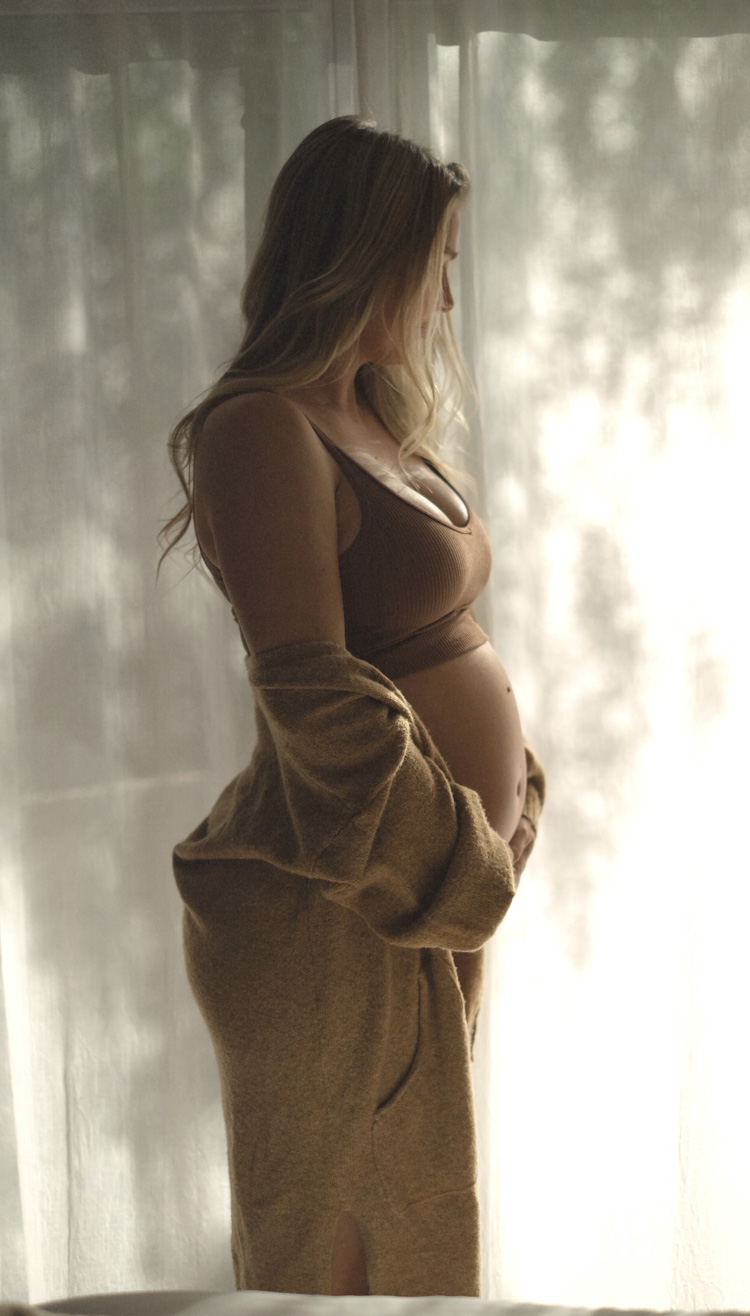
For example, “BPA-free” has become essential when shopping for plastic products—BPA is a known endocrine disruptor that can specifically affect birth weights, miscarriage, and weaken the success of IVF treatments. But many “BPA-free” products can still contain bisphenols which leach endocrine-disrupting chemicals.
With that, it’s always good to opt for non-plastic options (glass is my go-to) whenever possible.
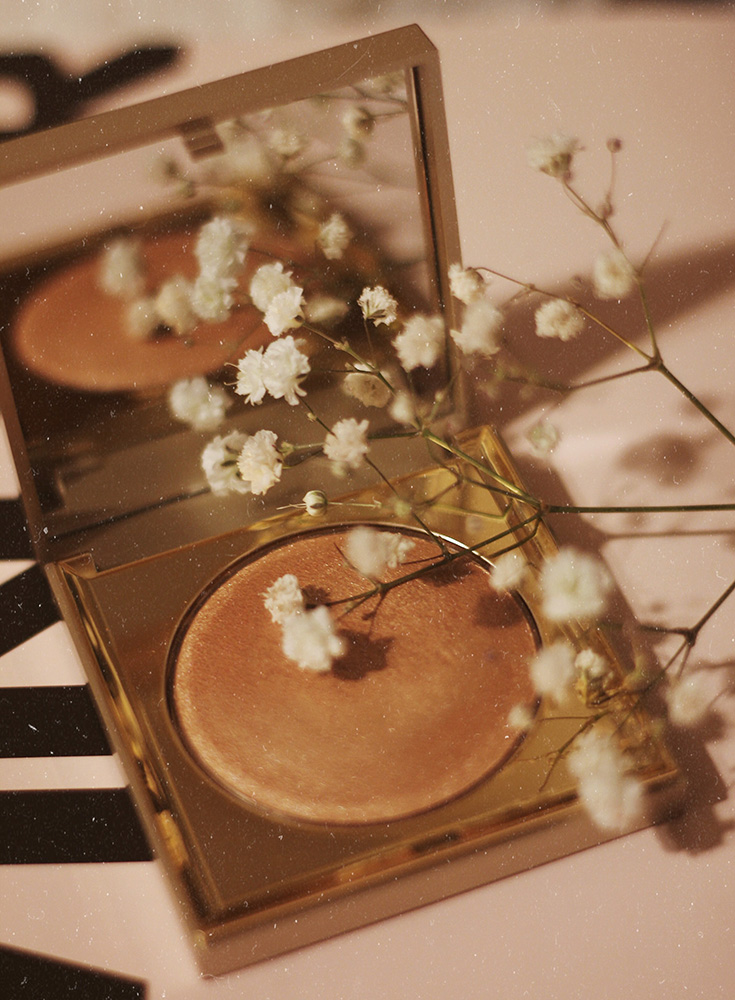
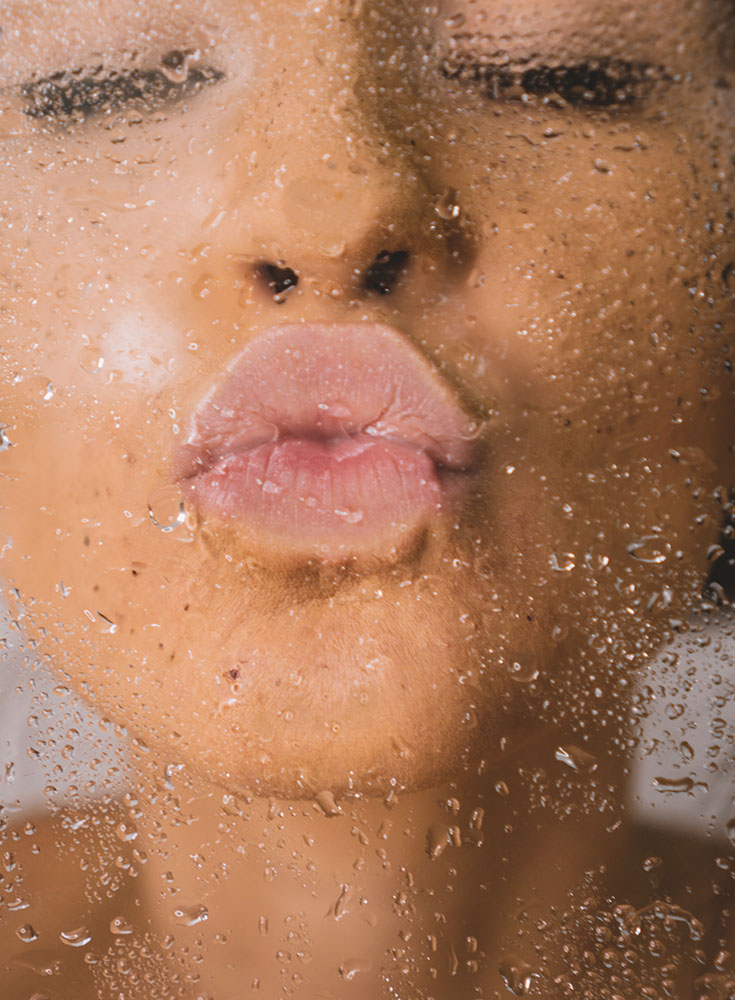
Use the EWG’s Skin Deep Website
The Environmental Working Group, or EWG, is a community that strives to help protect the environmental health of everyone. The easy-to-use EWG’s Skin Deep website and app allow consumers to search products or brands for their EWG rating.
The best rating a product can have is the EWG verified stamp while the worst is a rating of 10.
The website also has its own list of the best products which includes baby shampoo, skincare, shampoo, cosmetic brands, and even baby diapers and wipes.


